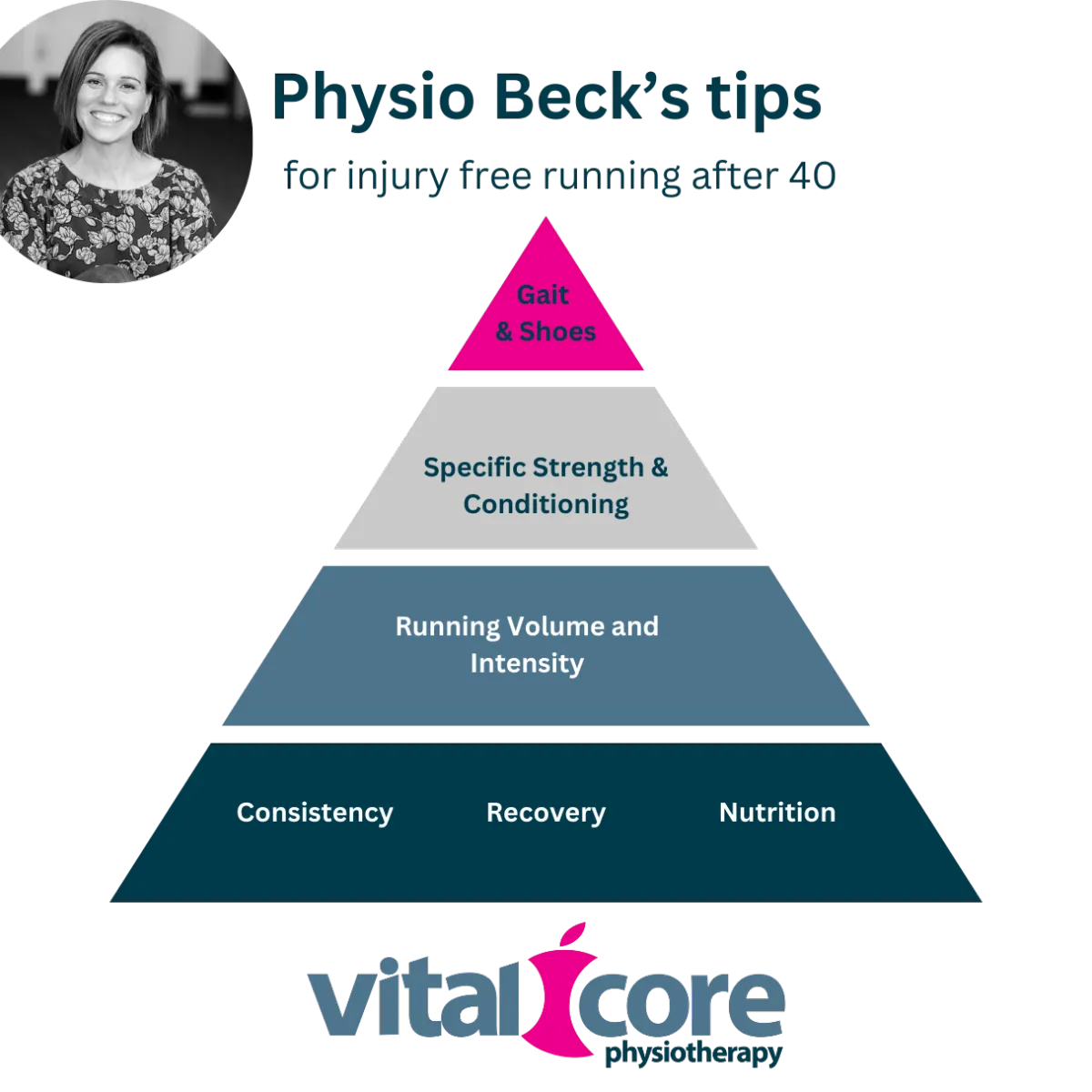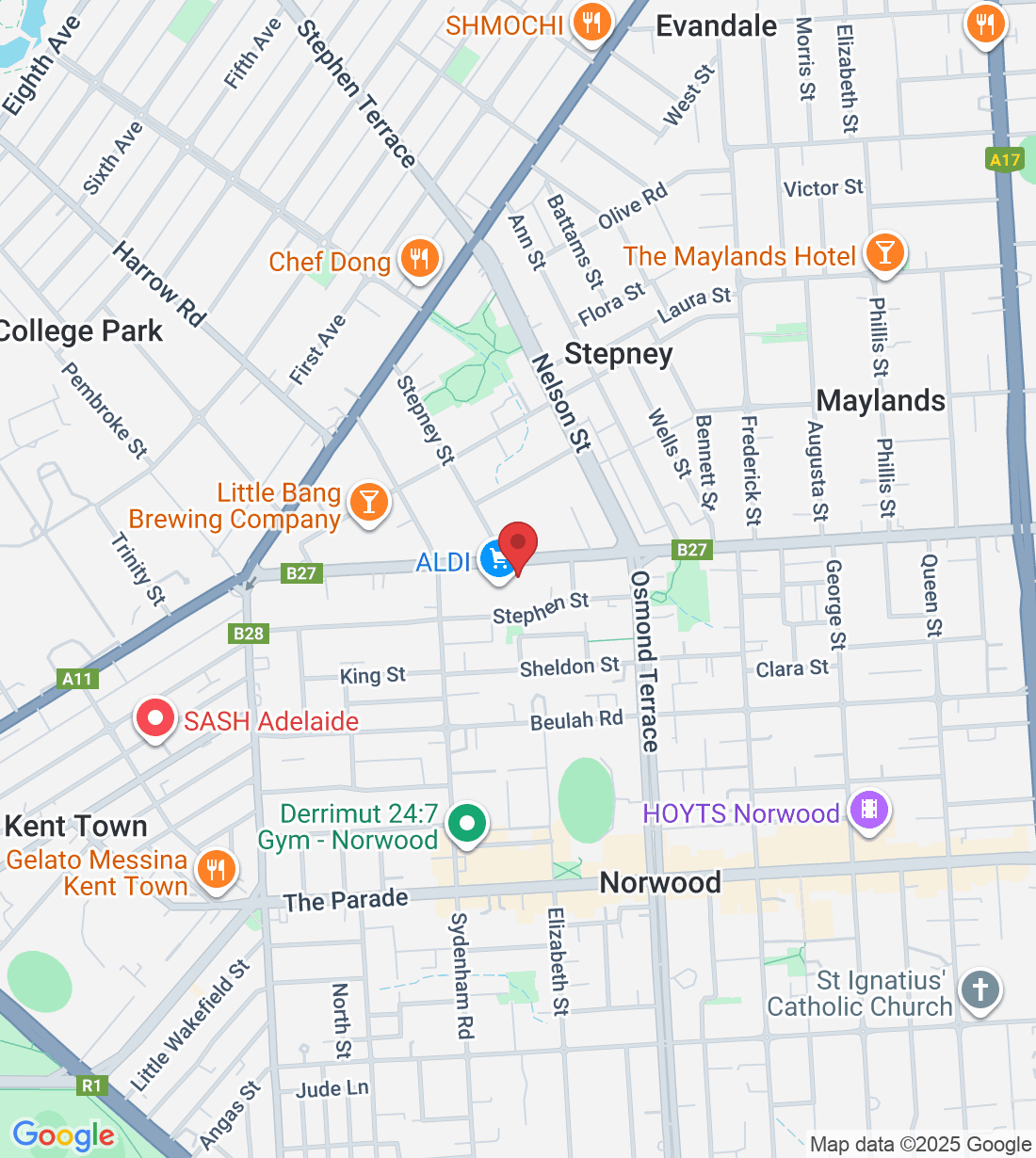
Stay Fit and Injury-Free: Training Strategies for Perimenopausal Runners
Training planning involves creating a structured schedule of workouts and rest periods to help a runner achieve their goals while minimising the risk of injury.
A solid training program considers the runner's running history, age, gender, current fitness level, goals, and any existing injuries or limitations – I'm looking at you 40+ year old female runners 😘 .
The plan should be flexible and adaptable to accommodate changes in the runner's condition or schedule.
Key Components of Training Planning
Goal Setting: Defined clear, achievable goals, such as completing a 5K, improving race times, or increasing weekly mileage.
Periodisation: Dividing the training plan into phases, each with a specific focus, such as building a base, building endurance, increasing speed, or tapering before a race.
Load Management: Gradually increasing the training load to avoid overuse injuries. This includes monitoring the volume (total distance) and intensity (pace, effort) of each and every workout.
Recovery: Scheduling regular rest days and lighter training weeks to allow the body to recover and adapt. This is often overlooked.
Cross-Training: Incorporate other forms of exercise, such as cycling or swimming, to improve overall fitness and reduce the risk of overuse injuries.
Strength Training: Include exercises to strengthen muscles and tendons, improving overall running efficiency and reducing injury risk.
Special Considerations for Perimenopausal Female Runners
For female runners over 40, it's important to be more conservative with training plans. That means allowing more time to adapt to loads, building up distance and speed slowly, with more rest days and lighter weeks for better recovery.
The resilience and compliance of tendons tend to decrease with age and declining Oestrogen (perimenopause), making them more susceptible to injury. It is also harder to build muscle in the perimenopause period and joints tend to get sorer and take longer to recover from training loads.
Ensuring a very slow and gradual increase in load and allowing ample recovery time can help mitigate these risks.
Working with your physio for optimal results
When you are injured, you simply must adapt your training based on the actual injury and your symptoms. Pushing through symptoms is rarely a good idea, but often, stopping completely is of little value either! Vital Core Physio's are trained and experienced in diagnosing and managing running injuries at any age, especially the perimenopausal years.
Tom Goom (@therunningphysio) in a recent blog recommended the following clear and simple points to decrease the risk of injury, these a ranked in order of importance.
Consistency
Being consistent is super important for getting better at running! Top runners train regularly for several years before they become really good. So don’t try to be on the constant chase for PB’s because injuries can mess up your training. It's better to improve slowly and steadily instead of trying to get fast too quickly.
Recovery
The more you train, the more rest you need. Make sure to plan rest days to avoid getting too tired and to prevent injuries. Listen to your body, if you have been running quite a bit and you are sore or tired, don’t reach for the foam roller or the panadol, instead rest!
Nutrition
Eating enough is crucial for good performance and staying injury-free. This can get tricky in the perimenopausal woman who may be limiting calory intake to manage hormonal weight gain. Make sure you eat enough to fuel your daily activities and workouts. Be careful of fads and social media influencers. In general, a balanced and regular mix of carbohydrates, protein and fats will suffice. If you're not sure what to eat, ask a dietitian or nutritionist for advice.
Running Volume
Studies show that the best distance runners do a lot of training but mostly at an easy pace. Over time their bodies have adapted, allowing them to run for longer distances. Unless this is you (a very seasoned runner of many (10+) years, start with three easy runs a week, each about 30 minutes long, before adding more distance or more runs.
Intensity
Once you're running regularly (at least 3 times a week) and your body has adapted (around 6-12 weeks at a minimum), you can start adding regular harder workouts but remember the bulk of your running volume should still be at an easy pace (see above). Don't push yourself to the max every session, as it can lead to injuries and mess up your training consistency (again, see above).
Strength and Conditioning (S&C)
Strength exercises can make you a better runner. Strong legs and hips are more resilient to the huge ground reaction forces applied during running – up to 2.5 body weight with every step. Heavy weights help improve the resilience of tendons – again I’m looking at you girls over 40. If you are not sure how to do this, talk to us or join our RunFit or Strong Fit program.
Gait Re-Training & Shoes
Tom Goom (@therunningphysio) states that your running form has just a very small impact on how well you run. Changing your running style can help a bit, but it's not as important as being consistent, resting, and eating well, managing your load and being strong.
At Vital Core Physio we know running and we know the 40+ year old runner. So, if you are recovering from an injury or you just want to minimse the risk of getting an injury, come talk to us.
Ask a question of Vital Core Physiotherapy
Fill in the form to request a Call From Our Team
One of our team will call you for FREE and answer any questions or concerns you may have about your condition
© 2023 Vital Core Physiotherapy





